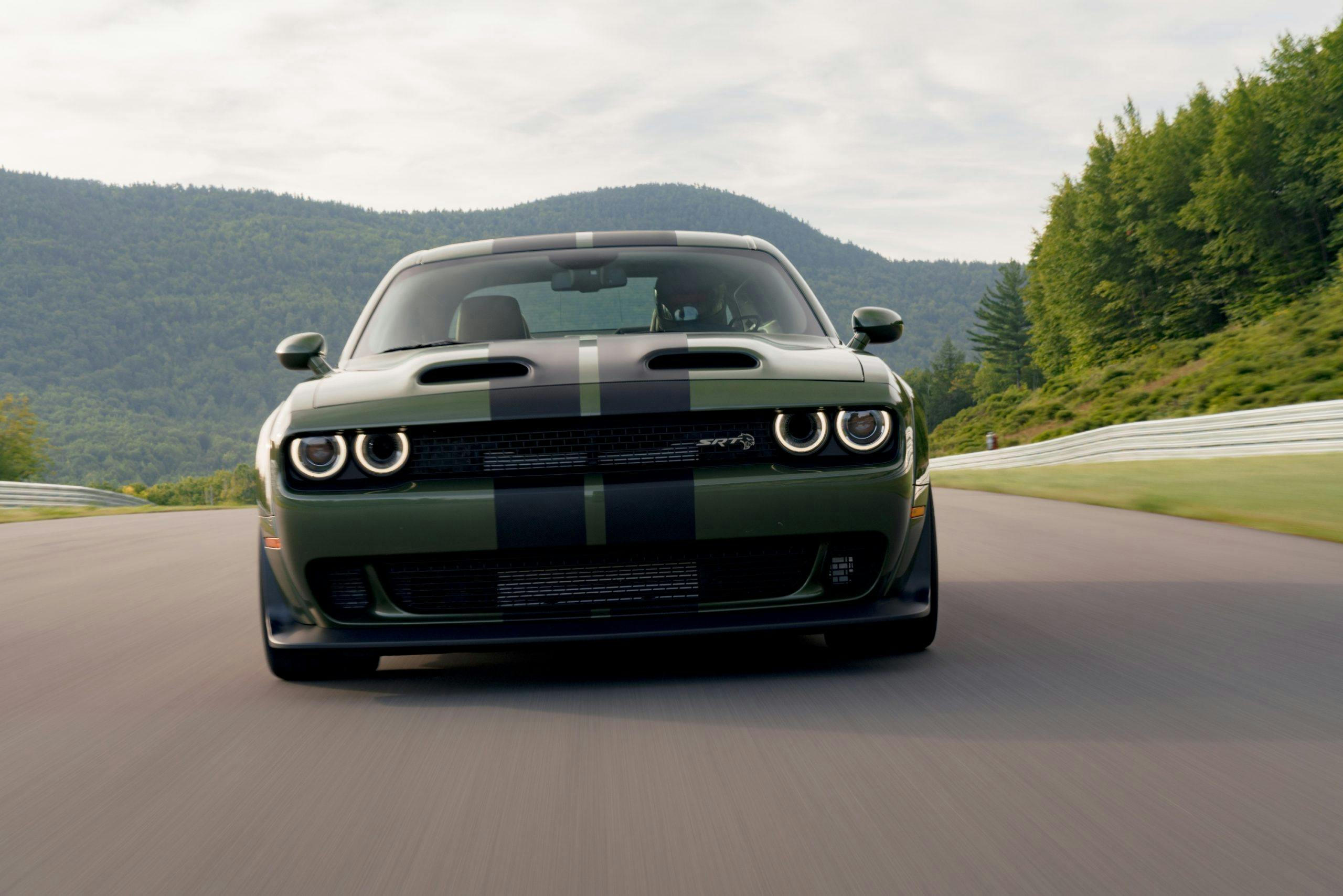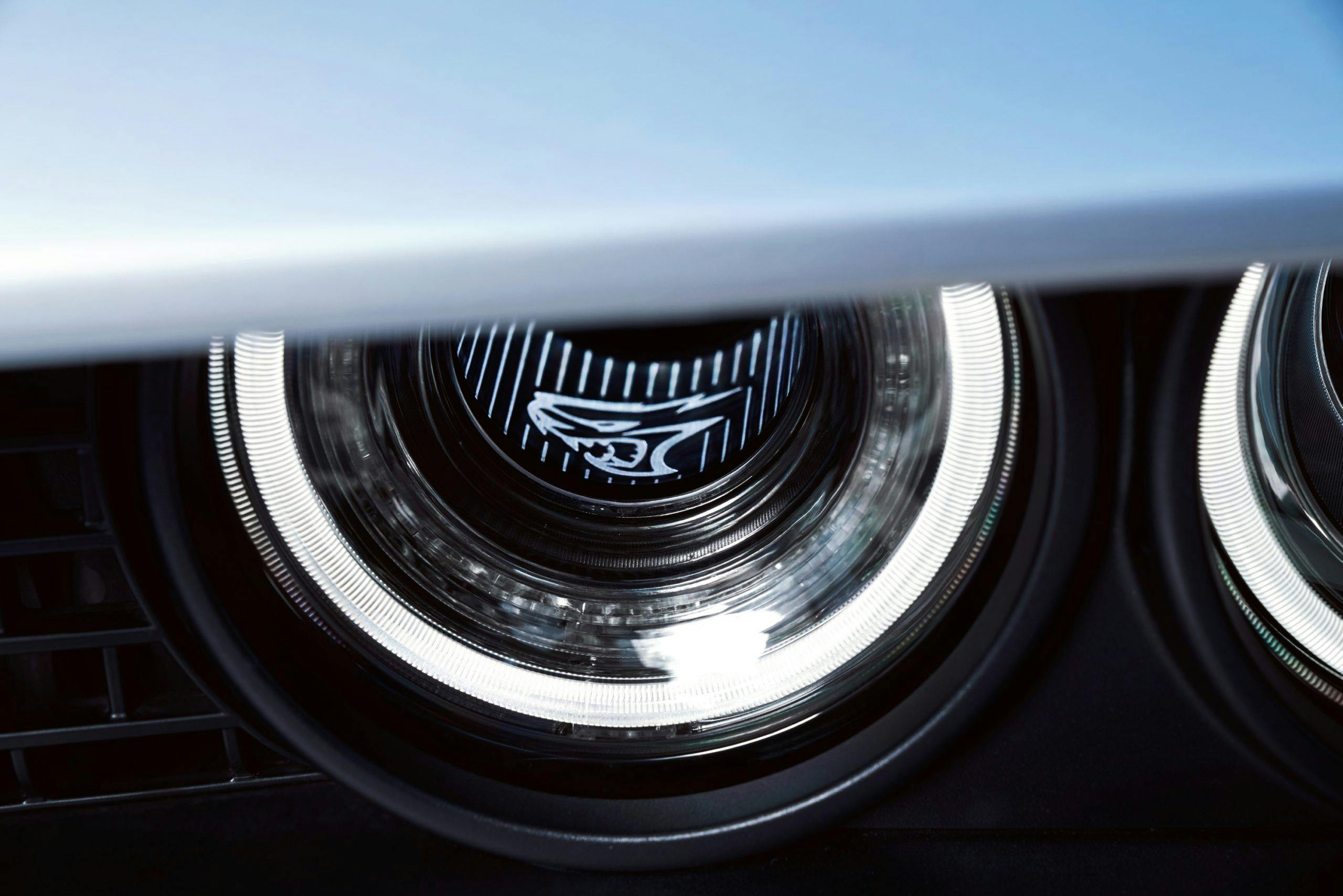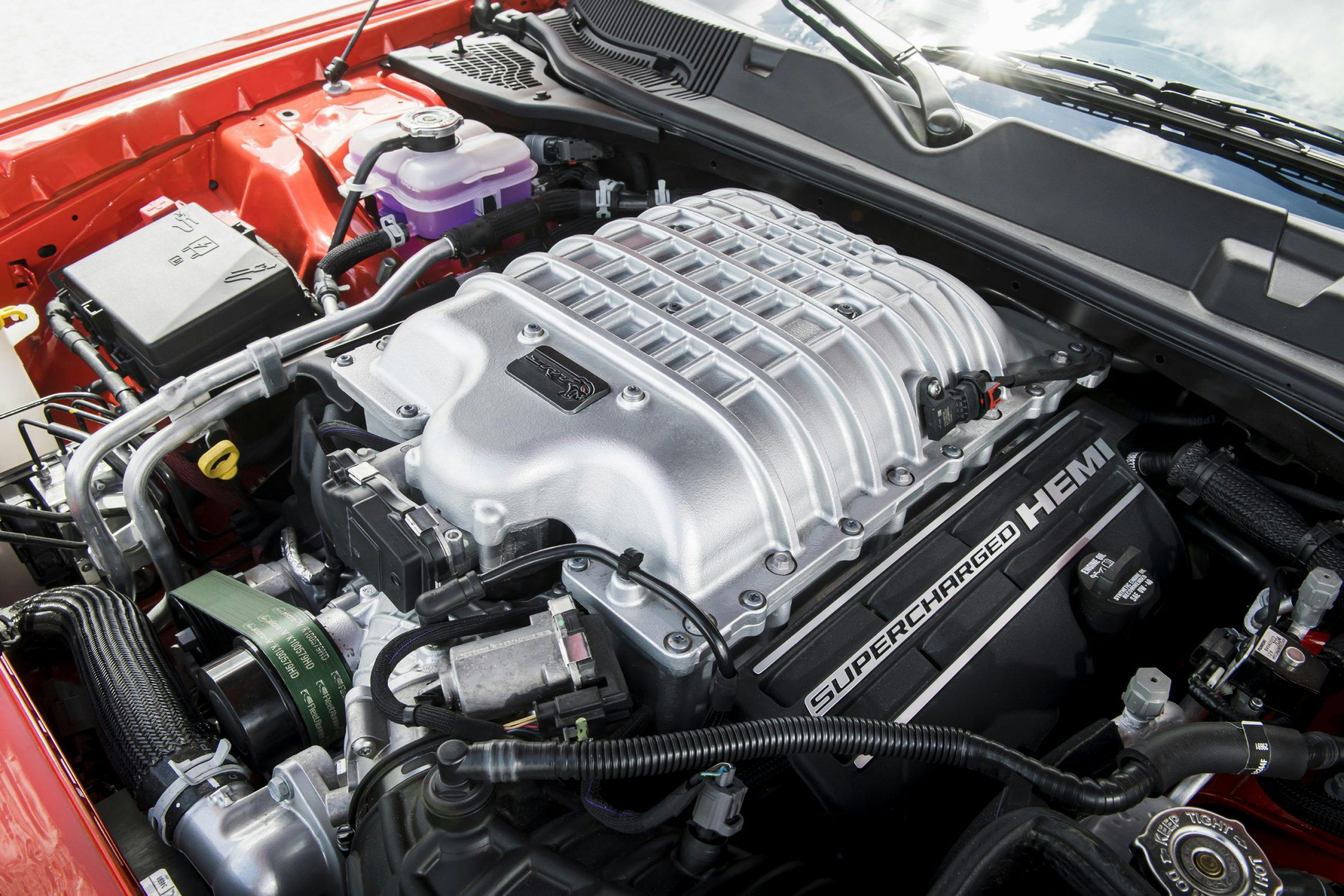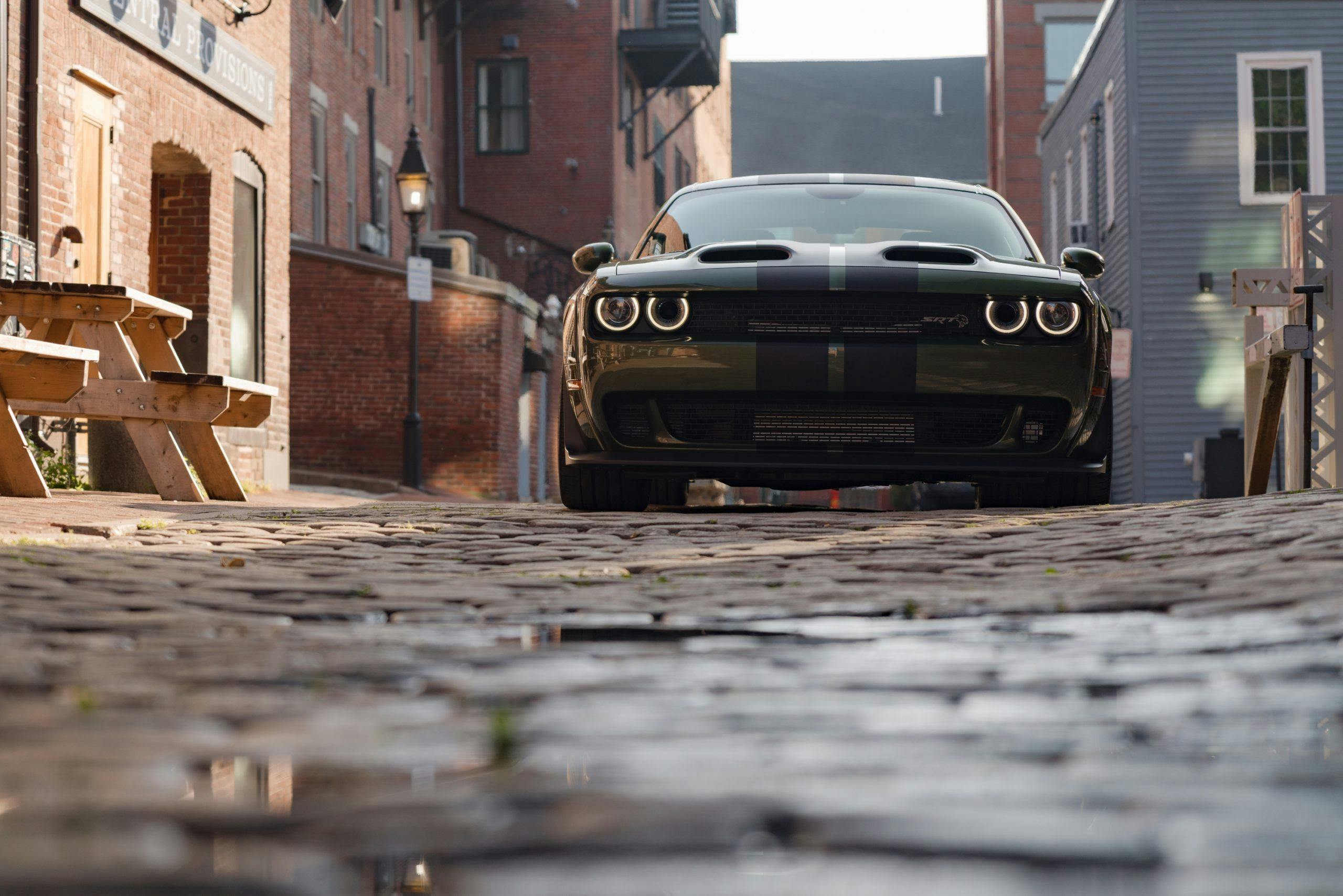Hellcat V-8 to bow out in favor of EV muscle, says Dodge CEO
The days of the tarmac-scorching 6.2-liter Hemi engine are numbered. We’ve got that straight from the mouth of the Dodge CEO, Tim Kuniskis, who’s heralding EVs as the savior of Mopar performance. Hang with us here.
A lack of consumer demand isn’t the root cause of the Hellcat mill’s imminent extinction. Dodge shoehorned the engine into its Durango SUV and, as we expected, all 2000 units promptly sold out. “In the last five years or so,” says Kuniskis in a video interview with CNBC, “we’ve sold well over 50,000 Hellcats. That’s a lot of Hellcats in five years if … you know the price point of that car.” Dodge is building what customers want.
Federal regulation will ultimately kill the Hemi, says Kuniskis. “The days of an iron-block, supercharged 6.2-liter V-8 are numbered. They’re absolutely numbered because of all the compliance costs.”
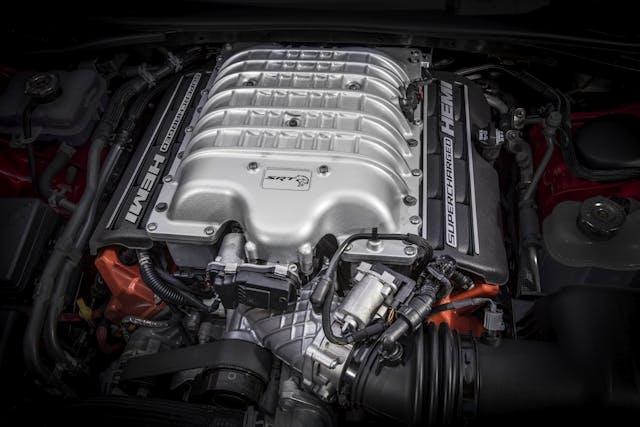
Remind you of the ’70s? Kuniskis is already there: “1972 was the beginning of the end of the golden age of muscle cars. They went away for fuel economy, for the oil crisis. They went away for safety. They went away for insurance, and they went away for increasing emission standards. It’s kind of crazy to think [that] we’re getting close to a similar list of things right now.”
It’s disappointing news, but you can’t accuse Dodge of half-heartedly celebrating the venerable Hellcat. Since the 2015 Challenger SRT Hellcat debuted in 2014, there’s been a no-holds-barred sequence of fire-breathing models and nostalgic special editions: Scat Pack, Scat Pack Widebody, Hellcat, Hellcat Widebody, Demon, Redeye, Redeye Widebody, Super Stock. That’s only the Challenger side of the story, too. Consider the Chargers: Hellcat, Scat Pack, Widebody, Hellcat Redeye, Hellcat Redeye Widebody. “We’re just drunk on horsepower,” says Kuniskis.

In the face of ever-tightening federal regulation, Kuniskis sees electrification as the future of Mopar’s legendary tire-shredding performance cars. “We know this is coming,” he says, while acknowledging that EV performance isn’t yet accessible for mainstream buyers. “The whole world’s going to get there, and when it does, the price point of that technology is going to come down and … the crazy people are going to take that electrification, that has now become accessible from a price point [perspective], and make that performance-based instead of economy-based.”
We’ll come to value EVs for their performance and not simply for their environmental friendliness, he suggests. Once big-bore, gas-swilling engines become too expensive for OEMs to justify, EVs will step into their place in the performance hierarchy.
That’s easy enough to tell a Tesla aficionado, but to die-hard Mopar fans, Kuniski’s logic may sound like 2+2=5. Dodge performance is V-8 performance.
We don’t envy Kuniskis’ position. Government regulations are choking Dodge’s most popular engine to death, and soon the brand must work to convince its customers to accept EV power. Do you think EV muscle cars could work? Let us know in the comments below.

